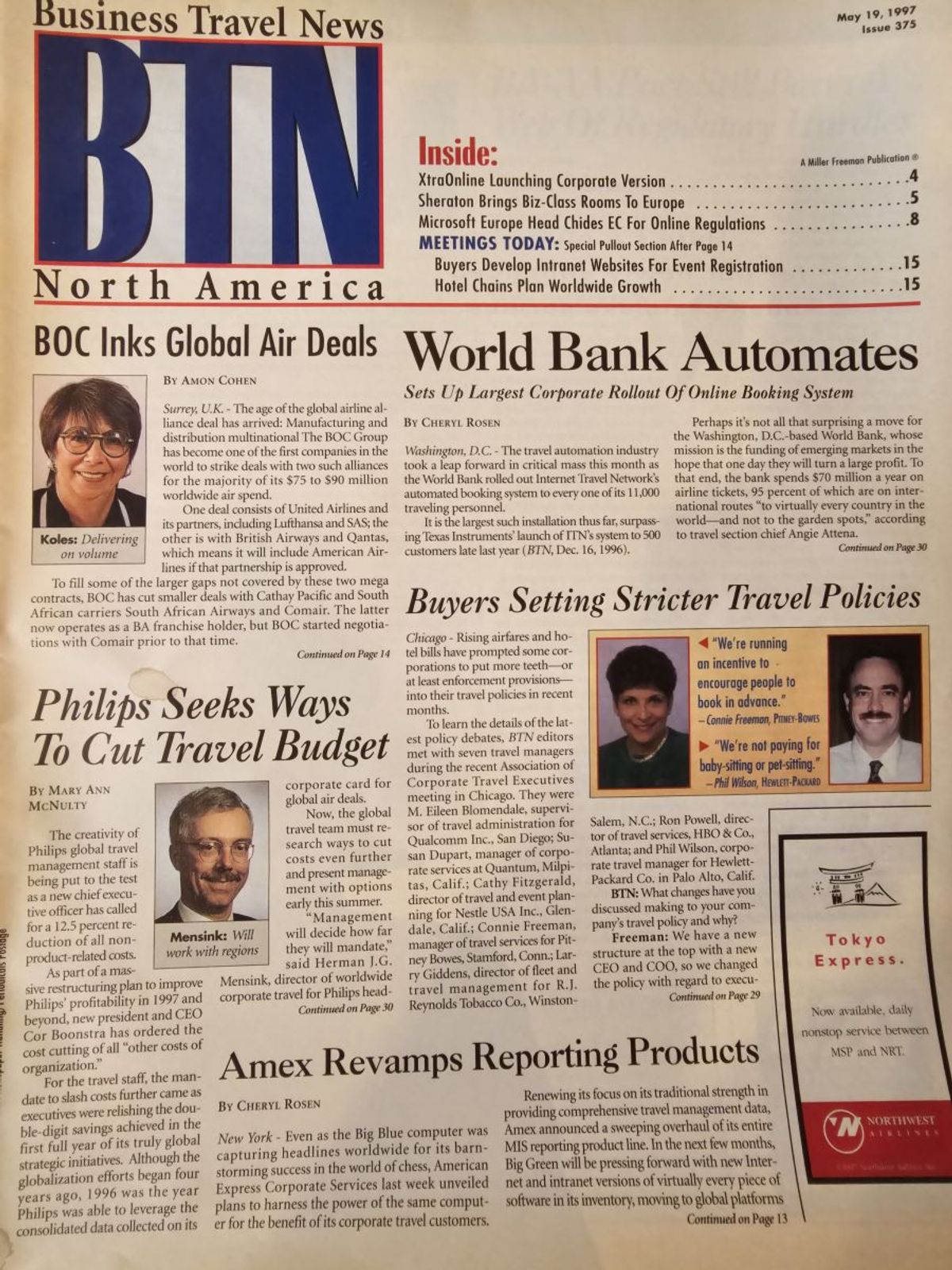The year 1997 was a tumultuous time for the business travel industry, with significant changes and challenges affecting both airlines and travel buyers. The rise in airline fares, with a staggering 30 percent increase over two years, led to investigations into potential anti-competitive practices by the federal government. This prompted low-cost carriers to step up and challenge the dominance of major airlines in the market.
Airlines began cutting commissions for agencies, leading to a shift in the way travel buyers negotiated with airlines. Travel buyers gained more power in the industry, focusing on controlling costs while providing a decent travel experience for business travelers. The compressed hotel inventory in major business travel markets further complicated the situation, with some travel managers resorting to room block buying to ensure accommodations for their travelers.
The escalating airfares and closer scrutiny of corporate discounts by airlines led to a rise in practices like back-to-back bookings and hidden-city ticketing by agents and travelers to save money. United Airlines even issued a memo condemning such practices as “not condoned.” The promise of net fares and route-by-route fixed fares began to emerge as potential solutions to the challenges faced by travel buyers.
Data became increasingly important in the industry, with agencies focusing on providing value through data insights. The emergence of data warehouses and longitudinal data strategies allowed for deeper analysis of travel programs and businesses. Companies like Continental and Visa incentivized merchants to provide enhanced data for better reporting and insights.
Technology and automation also played a significant role in shaping the industry in 1997. E-tickets were on the rise, but challenges with refunds and tracking led to a slow adoption rate. Voice recognition technology and automated booking systems were being explored by major players in the industry. Carlson Wagonlit Travel’s decision to offer a choice of technology platforms to customers showcased a forward-thinking approach to meeting customer needs.
The year also saw significant acquisitions and partnerships in the industry, with companies like Republic Industries acquiring Alamo and National Car Rental, and HFS buying Avis Inc. The competitive landscape was further shaken up by Hilton’s bid to acquire ITT and Starwood’s successful bid to outbid Hilton for the acquisition.
Overall, 1997 was a year of significant change and challenges for the business travel industry. The shifting dynamics between airlines, travel buyers, and agencies, coupled with advancements in technology and data analytics, set the stage for further evolution in the years to come. As the industry grappled with rising costs and changing consumer behaviors, companies had to adapt and innovate to stay competitive in a rapidly evolving market.


